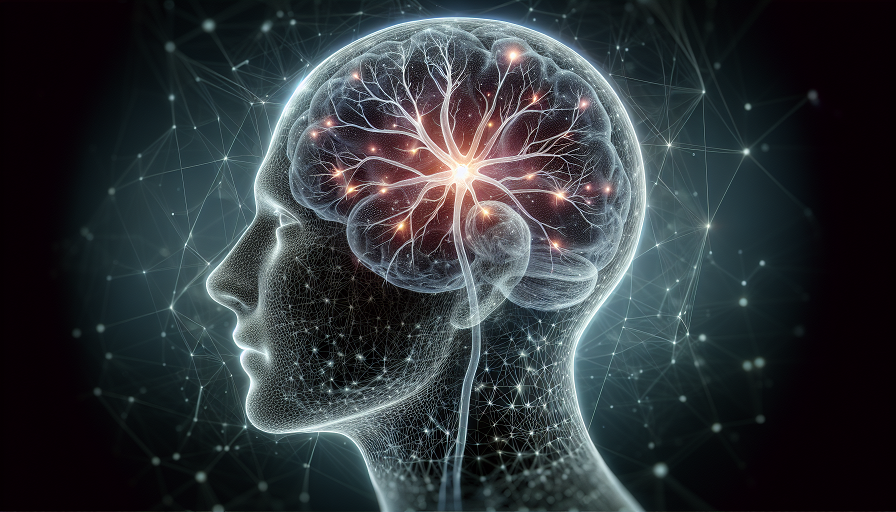
Short answer: Extreme polyphasic schedules (e.g., multiple short naps with very little night sleep) tend to harm attention, learning, mood, and metabolic health over time. Short strategic naps can help when you’re sleep-restricted, but they are not a substitute for getting enough total, consolidated sleep across 24 hours.
Contents
How Sleep Drives Cognitive Performance
Two systems control sleep. The homeostatic drive builds pressure to sleep the longer you’re awake; the circadian clock times when sleep is easiest and deepest. High-quality cognition relies on both: consolidated night sleep relieves pressure and aligns with deep, slow-wave sleep (SWS) and REM cycles that support memory consolidation, emotion regulation, and creative problem solving. Fragmenting sleep into many small bouts disrupts this architecture – especially REM and the latter half of the night when important memory processes are concentrated.
What Polyphasic Schedules Claim
Popular templates include “Uberman” (six 20-minute naps, no core sleep), “Everyman” (a short core sleep plus several naps), and “Dymaxion” (four 30-minute naps). Advocates report adaptation after a tough first week and point to recovered alertness. The problem: subjective alertness often rebounds faster than objective performance. People feel adjusted while reaction time, working memory, and impulse control remain impaired – classic sleep-loss illusion.
What the Evidence Actually Shows
- Chronic restriction degrades performance: With total sleep trimmed below ~7 hours repeatedly, lapses on sustained attention tasks accumulate, and error rates rise. Naps reduce sleepiness but rarely restore full performance.
- Memory needs continuity: Declarative memory benefits from contiguous SWS early in the night; procedural and emotional learning depend on later REM. Frequent awakenings and short sleep bouts cut into these windows.
- Circadian misalignment: Night-time wakefulness conflicts with your biological night, elevating sleepiness hormones and degrading executive function even if you nap later.
- Microsleeps and safety: Under restriction, the brain produces brief, involuntary “microsleeps.” They can be seconds long – enough to cause driving or workplace accidents.
- Health trade-offs: Repeated short sleep and irregular timing worsen mood, glucose control, appetite regulation, and immune function. Productivity gains rarely survive these costs.
When Naps Help (and When They Don’t)
A 10–30 minute daytime nap can temporarily improve vigilance, mood, and reaction time – especially after a short night. Longer naps (≈90 minutes) allow a full sleep cycle and can restore more function but may cause sleep inertia if poorly timed. Naps are tools for acute recovery, not long-term replacements for adequate night sleep.
Safer Alternatives to Extreme Polyphasic Plans
- Biphasic (siesta) pattern: A regular night of 6.5–8.5 hours plus a brief early-afternoon nap (10–30 minutes) can work well for many adults and aligns with natural circadian dips.
- Split sleep on heavy days: If you must split, aim for a solid core sleep (≥5.5–6 hours) at night and one planned 60–90 minute nap early afternoon. Keep timing consistent across days.
- Light and caffeine control: Morning daylight anchors the clock; avoid bright light late at night. Use caffeine early; stop 8–10 hours before bedtime to protect deep sleep.
- Task design: Batch demanding cognitive work in your circadian “day” (late morning to mid-afternoon); schedule admin tasks in lower-energy windows.
If You Still Want to Experiment
- Pick the mildest variant: Try a consistent biphasic or Everyman-light schedule (core 6–7 hours + one 20–30 minute nap). Avoid no-core plans.
- Measure, don’t guess: Track reaction time with a simple psychomotor vigilance test (PVT) app and keep daily ratings for mood, focus, and errors. If scores drift down after week 1, abort.
- Protect safety-critical periods: No driving long distances, no heights, no heavy machinery during adaptation. Microsleeps are non-negotiable hazards.
- Maintain sleep hygiene: Dark, cool room (60–67°F / 15–19°C), consistent wake time, wind-down routine, and screen dimming at night.
- Cycle back to baseline: After travel or crunch weeks, return to consolidated sleep for at least two full weeks to restore debt and stabilize mood/cognition.
Who Should Avoid Polyphasic Schedules
- People with epilepsy, bipolar spectrum disorders, cardiometabolic disease, or untreated sleep apnea.
- Anyone in safety-critical jobs (healthcare, transport, construction) or responsible for infant care at night.
- Individuals with high anxiety or migraine triggered by sleep loss or irregular schedules.
Bottom Line
Extreme polyphasic sleep promises more waking hours but typically delivers poorer attention, memory, mood, and health. Strategic naps are useful tools, yet they complement rather than replace a consolidated night. For sustainable productivity and brain health, prioritize regular, adequate sleep and use naps as occasional support – not as a lifestyle.

